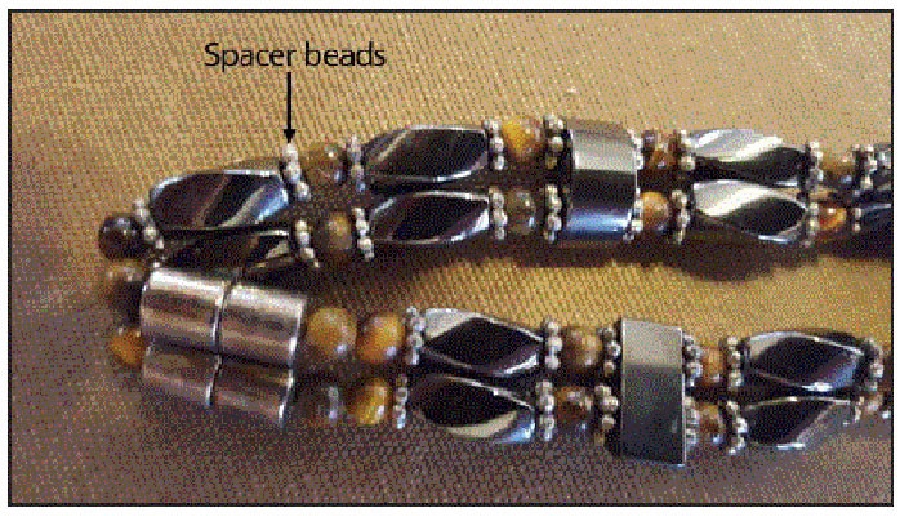- Study Says Most Parents Don’t Use Car Seats In Ride Share Vehicles Like Uber
- This 12-Year-Old Boy Is A Sophomore Aerospace Engineering Major!
- Fire Safety Experts Warn Of Hand Sanitizer Danger After A Mom and Kids Escape House Fire
- Recall Alert: Peaches May Be The Cause Of Salmonella Outbreak, 68 People Ill
- Summer Vacation In The Days Of COVID: Tips To Stay Safe
- How To Safely Grocery Shop During The Coronavirus Pandemic
- Michigan Teen With Vape-Related Illness Undergoes Double Lung Transplant
- Teen Kicks Off Anti-Vaping Campaign From Hospital Bed
- Teenager Receives Life Sentence For Strangling Sister To Death Over A Wi-Fi Password
- Toddler Falls To Death From 11th Deck of Cruise Ship
Baby Suffers Lead Poisoning From Homeopathic Teething Bracelet


Baby Suffers Lead Poisoning From Homeopathic Teething Bracelet
The parents bought the “healing bracelet” to help with teething
There are a lot of teething remedies that circulate in the parenting sphere; some are helpful and some not so much. Others are downright dangerous. You can file “homeopathic magnetic healing bracelets” under harmful after a baby in Manchester, Connecticut got lead poisoning from wearing one.
According to the Center for Disease Control and Prevention (CDC) report that was just released, the parents bought the handmade bracelet at a local fair to help with their infant’s teething pain. Below is the bracelet in question.
The report says they would place the bracelet on the 9-month old baby intermittently to alleviate discomfort associated with teething. The baby proceeded to put the bracelet in her mouth and chew on it, because yeah, it’s a teething baby.
During a routine check up at the doctor’s office, the baby had standard labs drawn and that’s when the lead poisoning was discovered. The tests showed that the baby was anemic (low red blood cell counts) and had a blood lead level of 41 μg/dL. The acceptable upper limit is 5 μg/dL. That means the baby had almost eight times more than the acceptable upper limit. While no level of lead is OK, health practitioners typically employ health interventions when it goes over 5 μg/dL.
The home where the baby lived was initially searched for lead because it was built in 1926. That presumably seemed like the most likely cause of the baby’s lead poisoning. In the U.S., questionnaires focusing on old homes and paint are common. If your family lives in a home build before 1978, infants and toddlers are routinely tested for lead poisoning.
In this case, the home tests came back with no possible sources of lead exposure. That wasn’t the case for the small spacer beads on the teething bracelet. Those little spacer beads had 17,000 ppm of lead, which is way higher than the 100 ppm limit set by the Consumer Product Commission for children’s products. As you might expect, the bracelet didn’t have any labels on it disclosing lead content. Additionally, the Manchester Health Department couldn’t find the maker of the bracelets.
Ultimately, this case should serve as a warning to doctors and parents. There are possible risks for lead poisoning when children are handling or wearing metal jewelry. Babies put everything in their mouths because that’s how they explore their environment and make sense of the world. Not only does certain jewelry pose a lead risk, it is a choking hazard as well.
Look, a teething baby can make for a desperate parent. We’ve all been there. And while some homeopathic remedies are enticing and many people try them, we still have to carefully examine everything our kids play with or put in their mouths. Amber teething necklaces are also incredibly popular, but still present a choking risk if nothing else.
If you suspect there could possibly be lead in a child’s product it’s best you report it right away to your local health department so that it doesn’t get into the hands (or mouth) of another child.





0 comments